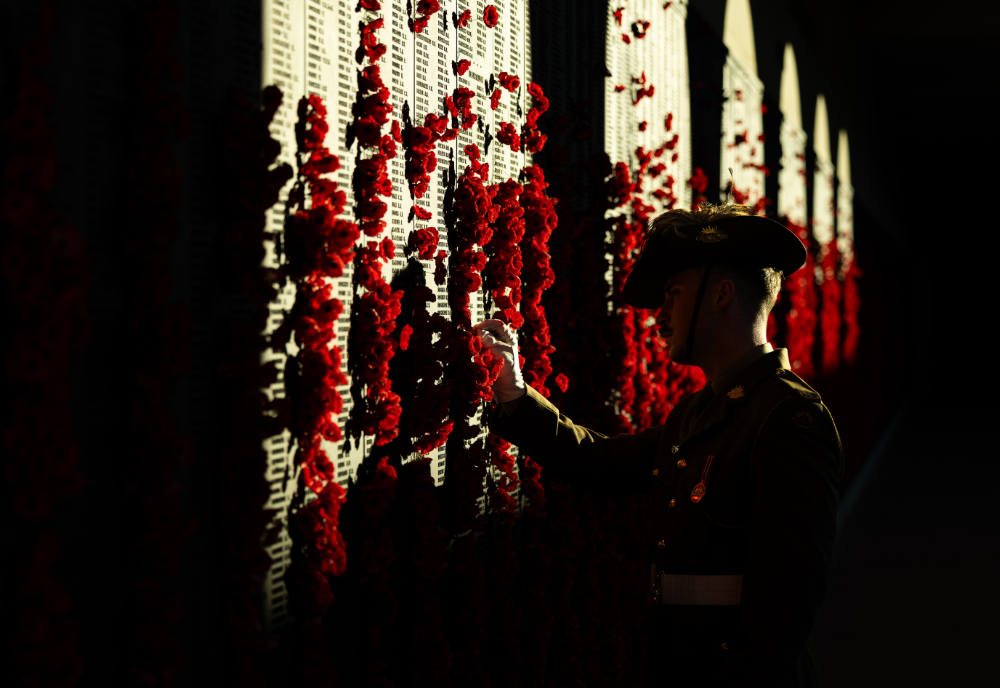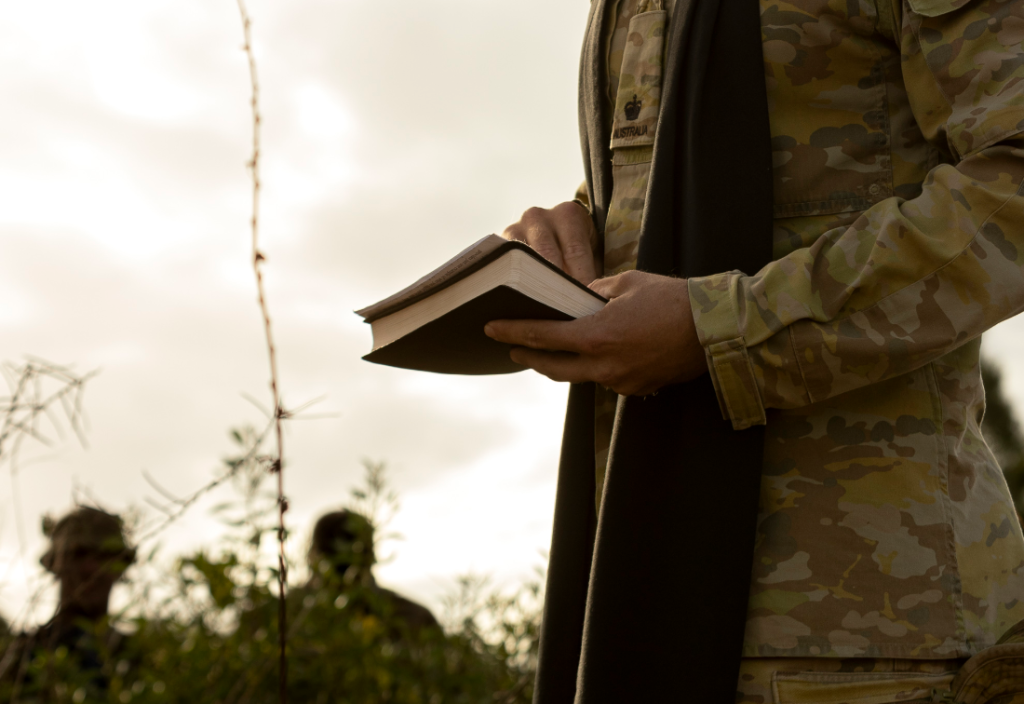One of the most significant philosophers of the French Renaissance, Michel de Montaigne, was a thinker noted for merging casual anecdotes and autobiography with intellectual insight.
He was also first to popularise the essay as a literary genre and, as such, a platform to purport the ideas of the Enlightenment – the value of human happiness, the pursuit of knowledge obtained by means of reason and the evidence of the senses, and ideals such as natural law, liberty, progress, toleration, fraternity, constitutional government, and separation of church and state.
We find in Montaigne’s writings a man who reasoned that truth is beyond mortal understanding, and the function of government is beyond the right to rule.
It may seem odd that I should start this essay – an essay purporting to trace the genealogy of panic in the 20th century – with a 16th-century philosopher. But Montaigne wrote like no other about the psychosomatic fears and anxieties of 16th-century France and its people.
Remarkably, his writings about what we may now call clinical psychology demonstrate an understanding many centuries ahead of his time. We find his attempts to locate the individual’s inner fears within the broader social and cultural anxieties of that period in his 1580s complete collection of essays.
Absolute monarchy in France had slowly emerged in Montaigne’s lifetime and became firmly established during the 17th and 18th centuries, holding supreme authority and being unrestricted by written laws, legislature or customs. It was an oppressive and repressive regime anticipated by Montaigne, to his great sadness.
An event in the spring of 1789 – not predicted by a contemporary of Montaigne in Nostradamus – was the Grande Peur, or the Great Fear. A period of panic and riot by peasants and others amid rumours of an aristocratic conspiracy by the king (Louis XVI) and the privileged to overthrow the Third Estate, a social class comprising the common citizens of France.
Among the rumours, an aristocrats’ ‘famine plot’ was to intimidate, starve or, even worse, burn out the population. This juxtaposition between a kind of authoritarianism maintained by fear and a people symptomatic of a preservice manifestation of intense terror has been seen again and again in the Western world.
Most notable was the collective paranoia of America’s Cold War hysteria. And there’s nothing specially new about what has happened in the United States post September 11, other than a well-choreographed attempt to maintain and intensify collective fear of an enemy ‘other’.
Closer to home, fear of an external invasion has always operated alongside guilt over the foundational occupation of the land in Australia. The popular support for then Prime Minister John Howard’s pre-election stand against the refugees in 2001 and his dogged defensiveness during the indigenous-settler reconciliation process revealed the unease over cultural difference in the national imagination.
But, in contrast to the 2001 ‘children overboard’ affair, the cultural history of panic very much revolves around a post-World War II history of America – a period that started with the 1947 Truman Doctrine and ended with the dissolution of the Soviet Union in 1991.
The cultural history of panic also revolves around the way individual, private panic, and other socially mediated anxieties, began to be interpreted, diagnosed and treated. This period saw the co-evolution of America’s Cold War anti-Soviet rhetoric and the establishment of a new psychiatry with a basis in biology.
This new understanding that mental health disorders are actually disorders of the brain arrived almost immediately with three key consequences. First, the tenet that mental disorders are all biological in nature evolved into a new concept of ‘nerves’, and psychiatry became a rough approximation of neurology and neuropsychiatry.
As such, the phenomenology of panic began to be understood as a neurological and psychological disorder, and earned the moniker ‘generalised panic disorder’ – a diagnosis eagerly confirmed by the publishers of the psychiatric bible, The Diagnostic and Statistical Manual of Mental Disorders in 1974.
This new understanding that mental health disorders are actually disorders of the brain arrived almost immediately with three key consequences.
Second, the expression ‘the making of a medicated nation’ entered the sub-cultural vernacular. This referred to the notion that people started to increasingly self-medicate and over-medicate themselves.
The drugs alprazolam and diazepam, favourite ’60s and ’70s tranquillisers better known by their street names Xanax and Valium, were selling faster than the manufacturers J. B. Hester of the Upjohn Co. and Hoffmann-La Roche were able to make them.
The Rolling Stones’ 1966 hit Mother’s Little Helper observes the quiet desperation of a suburban housewife who has become reliant on prescription pills to get through the drudgery and anxiety of her life. It’s a tale of the sort of discreet domestic drug dependency with which Valium is synonymous.
Lastly, Freud’s ‘talking cure’ or psychotherapy, a process in which the patient’s ‘talking’ removes the blockage of a pathogenic affect, resulting in its transportation from the ‘inside’ to the ‘outside’ and, eventually, a cathartic purgation, fell out of favour for all but the very rich.
It’s possible that readers of this essay were too young to remember the early years of the Cold War era, or perhaps lived through that period as young adults but have little recollection of the time. It was a time when millions of people lived under the shadow of a perceived full-scale nuclear Armageddon.
Forgetting – or choosing to forget – sometimes has a therapeutic effect, especially when those memories are upsetting and anxiety-provoking. Forgetting is also a key reason history tends to repeat itself. As memory fades, events from the past can become events of the present.
Some, like author William Strauss and historian Neil Howe, argue that this is due to the cyclical nature of history – that is, history repeats itself and flows based on the generations. According to them, four generations are needed to cycle through before similar events begin to occur.
This would put the coming of age of the millennial generation in parallel to the events of the early 20th century. And, if recent events are any indicators, American society is inching dangerously close to mirroring events of a century ago.
When we look back at the Cold War culture, we find a US government alarmed at the fact its citizens were not sufficiently fearful of a Soviet attack. A panicked population was vital in the government’s pursuit of nuclear supremacy. It was, after all, pursuing two diametrically opposed objectives. It was seeking to quadruple its defence spending in 1952 and it wanted to be portrayed as a nation taking the high moral ground in an ever-escalating arms race.
Consequently, vast sectors of the American population were actively encouraged to be more fearful of the Soviets. Jackie Orr, an Associate Professor of sociology at Syracuse University, uses the expression ‘‘the militarisation of inner space’ to describe the government’s war-like tactics with its own people.
Here we see a government trying to take the space of what we would call the self, the psychological self, and turn that into a kind of a theatre of war. A vigilant attempt to enlist the psychological life of citizens as a military asset.
In the same year, a government-sponsored civil defence film called Duck and Cover was launched, featuring Bert the turtle as a role model of calmness in the face of nuclear calamity. The jingle went something like this.
There was a turtle by the name Bert. The turtle was very alert. When danger threatened him, he never got hurt. He knew just what to do. He’d duck and cover! Duck and cover! He did what we all must learn to do. You and you and you and you. Duck and Cover!
The creators of the cartoon were forced to pick their way delicately through overly glib depictions of nuclear war on one hand and terrifying descriptions prescribing hysteria and panic on the other. Thus, children were able to adapt to a world of panic and come to terms with the existence of the bomb while also learning how to prepare for the possibility of nuclear disaster.
A year later, in August 1953, the popular Collier’s magazine asked, ‘How panic proof are you?’ The two-page self-test was a part of a longer feature article titled, ‘Panic, the Ultimate Weapon’, written by the then director of the Federal Civil Defense Administration, Val Peterson, noting that, “We, the citizens of the strongest nation on earth, are also the most panic prone.” A classic example of a self-fulfilling prophecy!
But the real climax of this national psycho-drama was in 1955 when President Eisenhower, his entire cabinet and 15 thousand federal employees were evacuated during Operation Alert exercise to some secret location in the mountains of Virginia.
A television broadcast shows President Eisenhower in a tent before a microphone addressing the country to announce the survival of the nation after a simulated atomic attack. Again, an incredibly well-orchestrated, well-funded, mass theatre of fear.
More than half a century on, we might think these actions were a peculiarity in time long past – that this kind of governmental skylarking can’t stand in the 21st century. Notwithstanding President Joe Biden announcing a commitment to address America’s mental health crisis in his first State of the Union address, a vigilant attempt to enlist the psychological life of citizens, as a military asset, continues today.
The willingness to use fear to help change public behaviour has waxed and waned in Australia for more than a century. From the late 19th century into the early 1920s, public health campaigns commonly sought to stir fear. Common tropes included flies menacing babies, immigrants represented as a microbial pestilence at the gates of the country, voluptuous female bodies with barely concealed skeletal faces who threatened to weaken a generation of troops with syphilis.
The key theme was using fear to control harm from others. More recently, the Grim Reaper AIDS advertisement from 1987 only ran for 12 days on national television, but remains the standard by which other health messages are judged. Other public service ads that used scare campaigns include: the cigarette smoker with throat cancer; the victims of a drunk driver; the guy who neglected his cholesterol lying in a morgue with a toe tag.
More nuanced but equally effective examples include: the dismissive conservative discourse on climate change; the reluctant acceptance of marriage rights for same-sex couples; the over-the-top fear campaign over the legalisation of marijuana; and the punitive responses to the COVID-19 pandemic, designed to play into governments’ fear-mongering agendas.
It is worth remembering that, as the coronavirus spread, many governments sought to tackle the pandemic by broadening their powers and by instilling fear.
And what of history and climate change? History is nothing if not a series of events that, sadly, have a proclivity to repeat themselves. The German philosopher and political theorist, Karl Marx once remarked, “History repeats itself, first as a tragedy, second as a farce.” A climate change narrative is one we’ve heard before. Global cooling was a conjecture, especially during the 1970s, of imminent cooling of the Earth culminating in a period of extensive glaciation due to the cooling effects of aerosols and orbital forcing.
In 1974, then US Secretary of State Henry Kissinger gave a speech to the UN warning of climate change, after which Congress passed a 1978 law declaring the 1980s and 1990s as ‘International Climate Decades’ and mandating a major research effort.
History is indeed repeating itself. Not the least of its dangers this time is the kind of consequential preciosity it offers should we fail to heed the warnings. Let’s hope, therefore, it doesn’t turn into one expensive intergenerational farce in the annals of history.
If you wish to republish this original article, please attribute to Rationale. Click here to find out more about republishing under Creative Commons.
Photo by Ehimetalor Akhere Unuabona on Unsplash.








